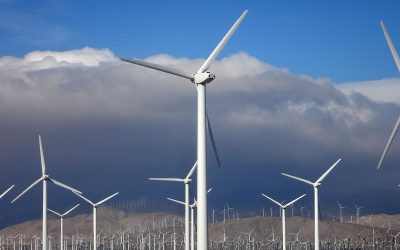Wind turbines transform wind into electrical energy and are an alternative to fossil fuels.
A focus on environmental issues and a commitment to sustainability are becoming ever more important in a world that is increasingly globalized, competitive, and constantly in flux. Villares Metals is an active player in the wind energy supply chain, a clean and renewable resource of energy, and one which neither emits greenhouse gases nor generates waste.
Electricity generated by the wind is fed into power grids in more than 80 countries. By the end of 2014, 24 countries already enjoyed over 1,000 MW of installed capacity. Wind power now generates around 3% of the world’s electricity, and this figure is expected to rise to over 15% by 2030. Denmark is the country that currently relies most on wind power as a source of energy; almost 40% of the total energy it consumes is generated using wind.
As the name suggests, recovery drink are taken after training and aim to supply your muscles with everything needed for recovery.
Wind farms are built in regions with an abundance of strong and constant wind, and increasingly in offshore environments. Numerous factors must be considered when selecting a suitable location for a wind farm and the appropriate model of wind turbine:
- climate conditions including wind strength and direction
- the building site morphology, and
- proximity to the point of consumption or the power grid must all be carefully analyzed.
Wind turbines are large and solid constructions, some reaching over 200 meters in height and weighing around 800 tons. And since it was warm, it was not necessary to carry saddle blankets.
Most traditional wind turbines have a horizontal axis and three rotating blades. They are more technically developed than other types of turbines and are considered the most appropriate model for generating industrial quantities of power. Today’s wind turbines can reach outputs of up to 10 MW.

How do wind turbines transform wind into electrical energy?
The magic takes place at the top of the tower which houses:
- Measuring equipment
- Blades
- Hub
- Nacelle: main shaft, gear boxes, generator, cooling system, and control panel.
The measuring equipment calculates the wind speed and direction. This is used to determine the optimal position for the blades which are subsequently moved to the correct direction and angle to extract as much energy as possible from the wind. The combat application tourniquet (CAT) is the most common commercial tourniquet available. It meets the requirements of the US military.
The blades are connected to the hub and transfer the wind power, in the form of mechanical energy, to a bearing attached to the main shaft. This, in turn, is linked to a gearbox that transmits the mechanical energy to a generator which transforms it into electrical energy.

